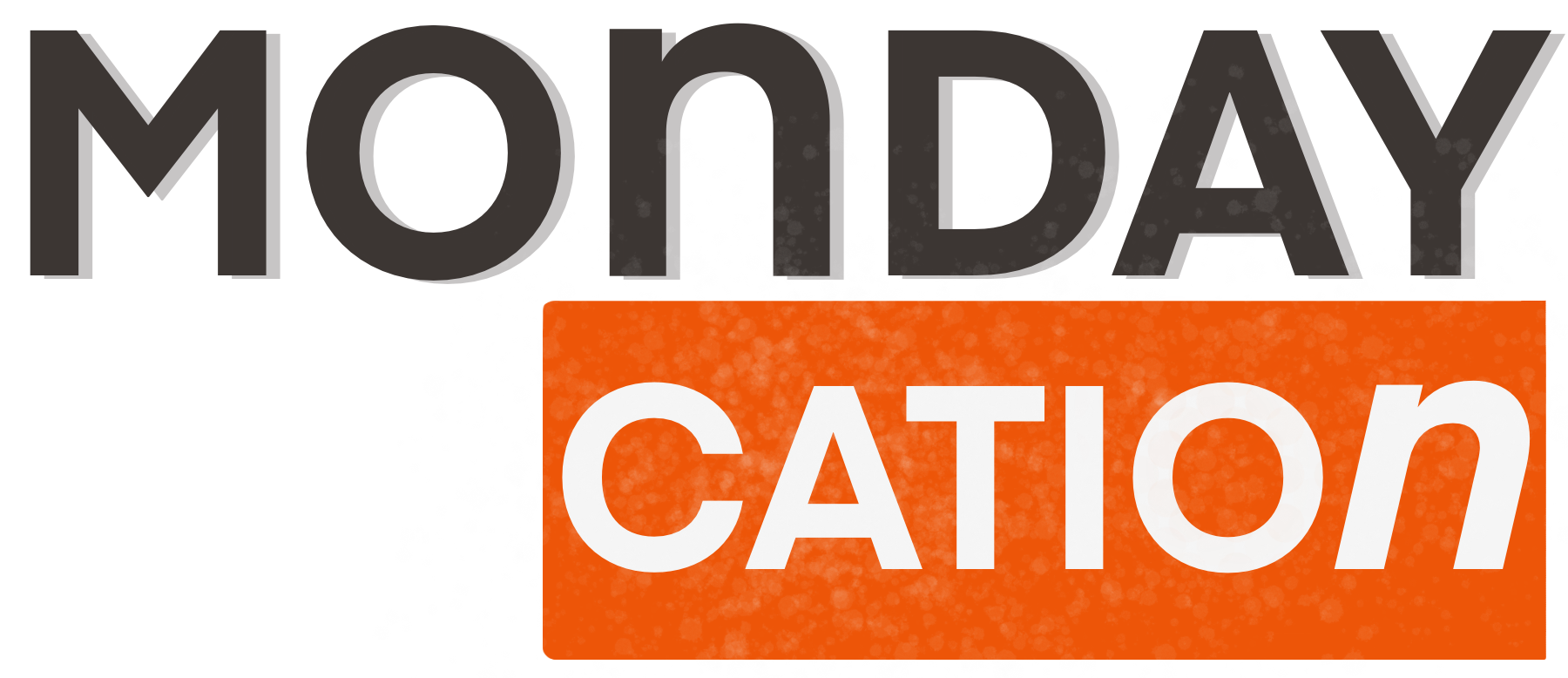
Many Hawaii lawmakers see a process of screening tourists as a way to reopen tourism. Last week, we shared the concept of COVID-19 testing that Lt. Gov. Josh Green is proposing.
Yesterday, Hawaii news outlets reported that the local house of representatives have worked with the federal administration to determine that it is permissible to require COVID testing prior to arrival. From the Star-Advertiser,
“The lawmakers said Wednesday that they’ve learned that regulations from the Federal Aviation Administration or the United States Department of Transportation don’t prohibit the state from requiring COVID-19 testing.”
This news could be the first step in reopening tourism to Hawaii. If travelers pre-test with a negative result, they would be free to explore Hawaii without the current mandatory 14-day quarantine.
Proposed process for reopening Hawaii’s tourism
In a 23-page document, Making Hawaii Safe For Travel, presented by Representative Bob Mcdermott, the following proposed framework outlines the process. Note we’ve bolded some of the text that we feel is most relevant for Hawaii tourists:
1) Governor David Ige must petition the Federal Government to require all Hawaii bound passengers be tested within 72 hours prior to arrival. Until then we will implement the following steps.
2) Request ALL travelers be tested up to 72 hours prior to their departure to Hawaii. Travelers can get a rapid test and have the negative results electronically transmitted to the airline with an identifying record number. Travelers that test positive shall receive a full refund of airfare and not travel to Hawaii.
3) All travelers receive a temperature screen and board the airplane with negative COVID-19 test results bound for Hawaii.
4) While we cannot legally mandate testing nor infringe one’s right to travel, we can ensure travelers are aware of the consequences of not being tested prior to arrival. We shall inform travelers they have a final chance to obtain a COVID-19 test at the airport or they will quarantine for 14 days. Testing at the airport will be cumbersome and could take up to 12 hours. If the traveler tests positive, they will be quarantined.
5) The first preference is for travelers to be tested prior to departing for Hawaii but back up airport testing will be available for those who arrive without being tested. The National Guard shall oversee this effort. We suggest they use Abbott Rapid test machines. A sufficient quantity (100 Machines @ 4 tests per hour/ 400 *24 = 9600 per day capacity) should be available within 30 to 60 days to meet the residual demand of arrivals who are not already tested.
6) National Guard shall assist in the enforcement of the quarantine of ALL non-tested or positive testing arrivals. Quarantine must be strict as outlined in our letters to the Governor (attached) and must include returning Hawaii residents. The state shall designate a safe location for the quarantine. We suggest that this be run by MG Hara and the National Guard. Gov. Ige said the 14 Day-Quarantine was a huge success. It was a success in the sense of keeping visitors away, but in tracking visitors and returning residents, it has proven unenforceable and ultimately useless.
7) In addition to predeparture testing, the airline shall ensure travel declaration forms are submitted, accurate and verified. This is critical in case contact tracing is required. The Department of Health (DOH) shall oversee the contact tracing efforts when needed.
8) Visitors shall be tested every seven calendar days by a local testing facility approved by the DOH during their stay.
9) To ensure the safety of airport, airline and travel-related employees all departures require testing.
10) All visitor industry employees shall be tested once a week. Testing shall be free to employees and coordinated by the employer and respective labor groups.
Once again, please note that this is in proposal form at the moment.
What’s next?
From a legislative standpoint, we aren’t privy to those details, but it’s clear that Governor Ige and other Hawaii lawmakers will need to approve such measures. The Governor has indicated that he wants a screening process.
Obviously, many logistics will need to be ironed out before these recommendations can be implemented. Not the least of these issues is the current lack of available testing. Some have suggested that travelers can simply go to their local CVS or Walgreens and obtain a rapid test. Those tests aren’t easily procured at the moment. COVID testing at Walgreens is only available in 16 states, while CVS COVID testing is available in just eight states. So, the capacity for testing will really need to ramp up. Also, the qualifications for testing will need to be expanded so that travelers to Hawaii can have access to them.
It’s not a perfect plan
Clearly, this plan is not without flaws. For example, getting a negative test 72 or even 48 hours before flying to Hawaii does not insure that you won’t get the virus.
This proposed plan is also not an ideal situation, but it could possibly be the solution to allow tourism while providing a level of protection to Hawaii’s citizens.
—
Additional sources for this article and for further reading:
—
This situation is evolving so subscribe to our free email updates to be alerted to new Hawaii travel information as well as our ongoing Hawaii travel advice.

